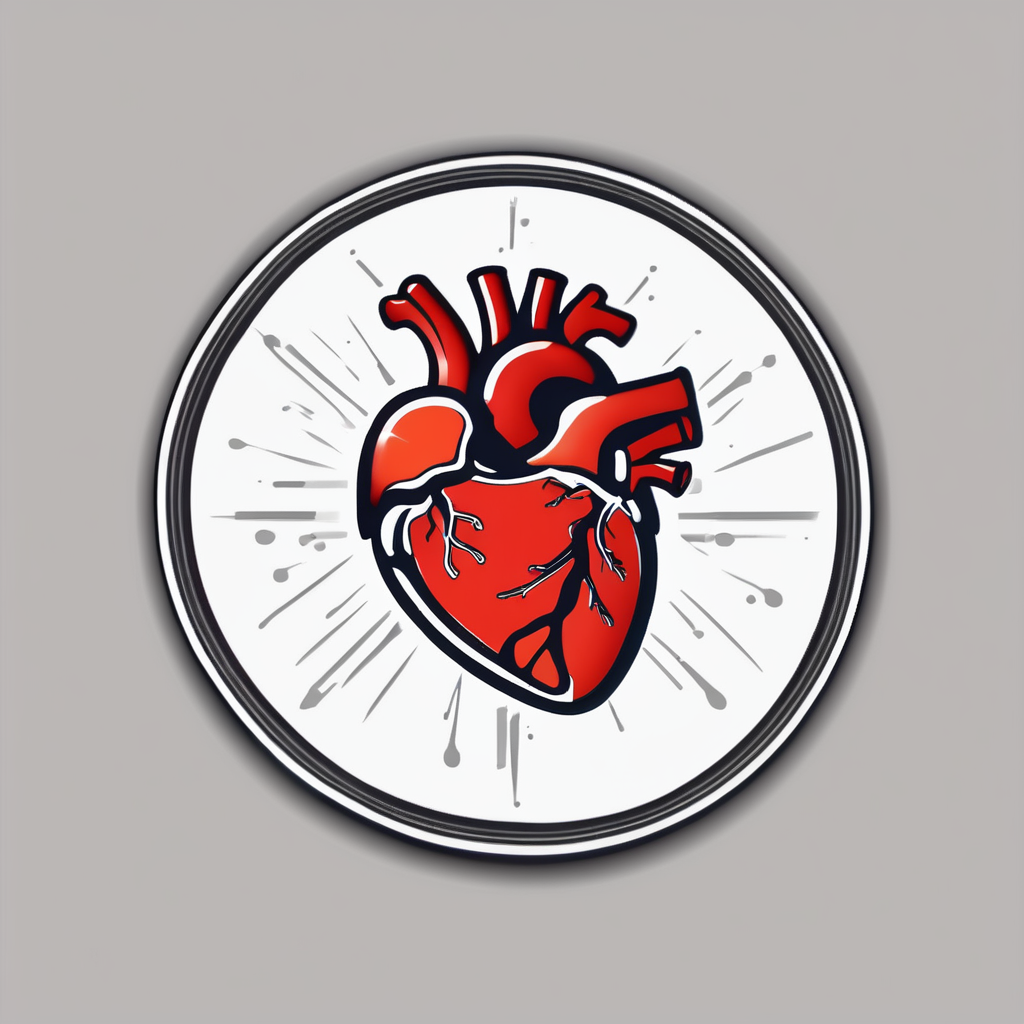The role of sodium in the body is crucial to various bodily functions. However, too much of it can lead to adverse health effects, particularly on the heart. For those living with heart failure, maintaining a balanced diet that keeps sodium intake at a managed level is essential for overall health. This article aims to look at the techniques that dietitians in the UK recommend for managing sodium intake in patients with heart failure. As you read on, you will further understand the importance of dietary restriction and different interventions in managing this disease.
Understanding Sodium and Its Impact on Heart Health
Before we delve into the recommended techniques for managing sodium intake, let’s first understand the role of sodium in the body and how it affects heart health.
Topic to read : Navigating your coaching journey: key insights for success
Sodium, commonly found in salt, is a mineral that is vital for the body. It helps regulate blood pressure, supports the function of nerves and muscles, and maintains the body’s fluid balance. However, too much sodium can lead to high blood pressure, a risk factor for heart disease and stroke.
For patients with heart failure, excessive sodium intake poses an even greater risk. High levels of sodium cause the body to retain more water, leading to fluid overload. This can increase the strain on an already weakened heart, causing it to work harder to pump blood throughout the body.
Also read : How can UK pediatric endocrinologists address growth hormone deficiencies with advanced hormone therapies?
According to a study cited in Google Scholar, patients with heart failure who followed a low-sodium diet showed significant improvements in their symptoms and overall health. Therefore, managing sodium intake is a crucial aspect of care for these patients.
Identifying High-Sodium Foods
One of the first steps in managing sodium intake is identifying high-sodium foods. These are foods that contain a high amount of salt, including processed and ready-to-eat meals.
In the UK, many foods that are commonly consumed are high in sodium. These include bread, cured meats, cheese, and certain sauces and condiments. Fast food and restaurant meals are also typically high in sodium.
It’s not always easy to determine the sodium content of foods. However, by reading food labels and using resources such as the nutritional facts database on the internet, you can better identify high-sodium foods and opt for healthier alternatives.
Implementing Dietary Restriction
After identifying high-sodium foods, the next step in managing sodium intake in patients with heart failure is implementing dietary restrictions. This involves avoiding foods high in salt and embracing a diet rich in fresh fruits, vegetables, lean proteins, and whole grains.
Dietitians may recommend a heart-healthy diet known as DASH (Dietary Approaches to Stop Hypertension), which has been proven to lower blood pressure. The DASH diet involves reducing sodium intake to less than 1500 mg per day.
It’s important to note that dietary restriction is not about deprivation. Rather, it’s about making healthier choices and eating in a way that supports heart health.
Tailoring Sodium Intake to Individual Needs
Every person is unique, and so are their dietary needs. When it comes to managing sodium intake, one size does not fit all. What works well for one patient might not work for another.
Therefore, dietitians often tailor sodium intake to the individual needs of each patient. This might involve adjusting sodium levels based on the severity of the patient’s heart failure, their age, and other health factors.
For example, according to a Google Scholar study, older adults may benefit from slightly higher sodium levels than younger adults due to changes in the body’s ability to regulate sodium. Therefore, a dietitian might recommend a different sodium intake for an older adult with heart failure than for a younger patient.
Education and Continuous Support
Lastly, dietitians play a critical role in educating patients about the importance of managing their sodium intake and providing continuous support to help them adhere to their dietary plan.
If you’re a patient, they might teach you how to read food labels, advise you on meals and snacks that are low in sodium, and offer strategies for managing cravings. They might also provide ongoing monitoring and adjustments to your dietary plan as needed.
In conclusion, managing sodium intake in patients with heart failure involves a comprehensive approach that includes understanding the impact of sodium on heart health, identifying high-sodium foods, implementing dietary restrictions, tailoring sodium intake to individual needs, and providing education and continuous support. By following the recommendations of dietitians and making dietary changes, patients can better manage their heart failure and improve their overall health.
Remember, individual needs may vary, and it’s always important to consult with a dietitian or healthcare professional for personalized advice.
Strategies for Eating Out and Reducing Sodium Intake at Home
It can be challenging for patients with heart failure to manage sodium intake when eating out or preparing meals at home. However, there are numerous strategies that can be implemented to make this task easier and more effective.
When dining out, patients are advised to avoid dishes that are high in salt such as fast food, canned soups, and processed meats. Instead, opt for fresh, minimally processed foods and ask for sauces and dressings to be served on the side so that you can control how much is consumed. It’s also helpful to be aware of hidden sources of sodium in restaurant meals, such as in bread, cheese, and condiments.
At home, there are many ways to reduce sodium intake. One effective method is to cook from scratch as much as possible, as this allows for complete control over the amount of salt used. Using fresh, whole foods instead of processed or pre-packaged products is also a good way to limit sodium.
Furthermore, patients can experiment with using herbs, spices, and other flavour enhancers such as lemon juice or vinegar in place of salt. It’s all about finding creative ways to make meals tasty without relying on salt for flavor.
Dietitians may also recommend using a sodium tracker, which can be easily found on the internet, to keep track of daily sodium intake. This could be a useful tool for patients to monitor their progress and stay motivated in their journey to manage their heart health.
Conclusion: Commitment to Lifestyle Changes and Regular Check-ups
Managing sodium intake is a crucial aspect of care for patients with heart failure. However, it requires commitment to lifestyle changes, including dietary modifications. It’s not just about reducing salt intake, but also about embracing a heart-healthy lifestyle that includes regular physical activity, stress management, and cessation of smoking and alcohol consumption.
Regular check-ups with a dietitian or healthcare professional are also vital. These allow for ongoing monitoring and adjustments to the dietary plan as necessary. It also provides an opportunity for patients to ask questions and voice any concerns they may have about their dietary restrictions or overall health.
While managing sodium intake may seem daunting at first, the benefits it offers for heart health are significant. With the right guidance and support, it’s entirely possible to live a fulfilling life with heart failure.
Remember, everyone’s journey is unique, and it’s important to make changes at your own pace. Take one step at a time, celebrate your successes, and don’t be too hard on yourself if you stumble along the way. You’re not alone in this journey, and with the right support and resources, you can effectively manage your sodium intake and improve your heart health.
In conclusion, it’s important to remember that managing sodium intake is an essential part of living well with heart failure. Through understanding the impact of sodium on heart health, identifying high-sodium foods, implementing dietary restrictions, tailoring sodium intake to individual needs, and committing to lifestyle changes, you can make a significant impact on your health. Remember, the journey may be challenging, but you’re not alone. Reach out to a dietitian or healthcare professional for guidance and support as you navigate this journey.

